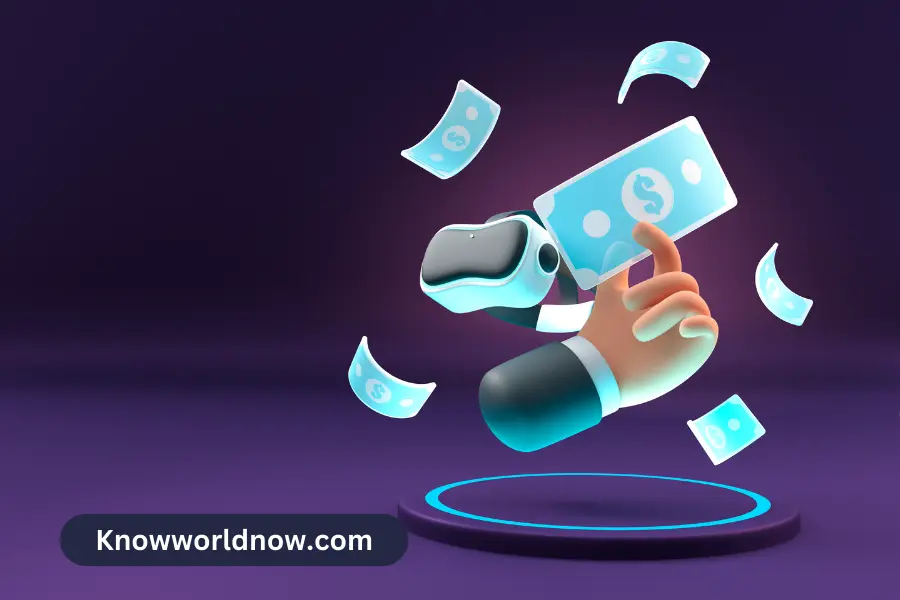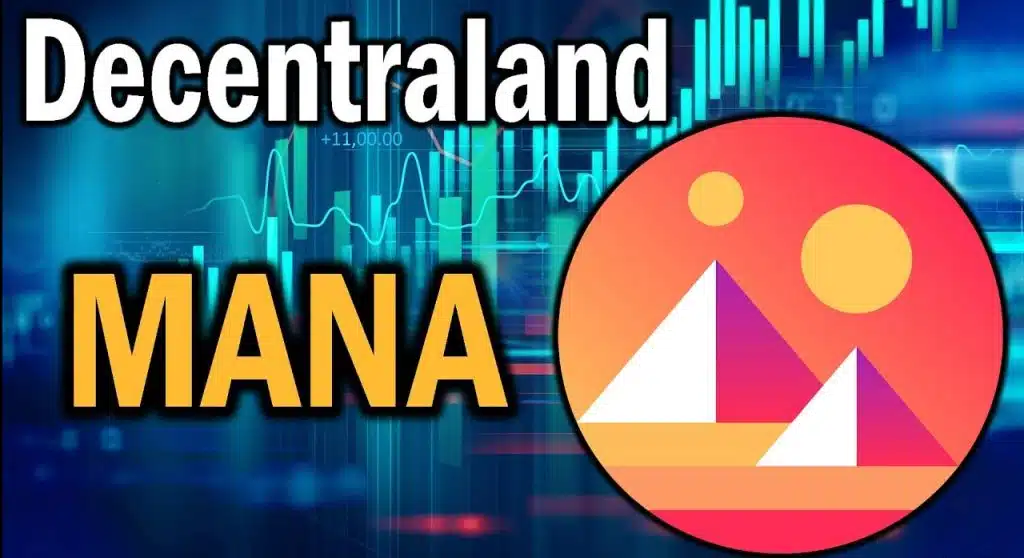Blockchain technology has epically redefined finance such that one cannot help but question the future of banking institutions. It started with crypto trading, and other blockchain concepts, such as asset tokenization and NFTs, followed suit.
As of 2023, the global market value for digital assets sits at $56,420.00m with a growth projection of $102,700.00 by 2027, proof that user penetration into the blockchain market is unstoppable. One of the primary selling points of blockchain technology is security.
Despite reported cyber attacks on DeFI platforms, more individuals continue to embrace the technology for other reasons, like the lack of intermediaries. This article is shifting focus on asset tokenization, one of the most leveraged blockchain investments. It will surprise you how revolutionary blockchain has become and why tokenization of assets is the hit of the moment.
After reading through the tokenization benefits, you should get prepared to contact a security token offering development consultant.
What is Asset Tokenization, and What are Its Benefits?
Asset tokenization explains the process of digitizing tangible and non-physical assets by issuing them blockchain tokens, enabling users to own or trade them.
For example, a blockchain user A can sell tokens of their digitized jewelry to user B, making user B a partial or complete owner of the jewelry. One can tokenize tangible or intangible assets on a blockchain, including paintings or art, real estate, and currency (dollars, euros, etc.).
Also, carbon credit tokenization, intellectual property (videos, business plans, music, recipe ingredients, etc.), exotic cars, precious metals, etc. Asset Tokenization has several benefits that attract blockchain’s new users and regulars in equal measure. Participating in the assets tokenization has these benefits:
Enhanced Transparency
Blockchain asset tokenization offers clarity and openness to users such that they have a clear picture of how the transactions take place.
Users can access transactions and asset ownership history, determining when certain transactions occurred, the parties involved, terms and conditions, and more. The openness in tokenization is critical in reducing theft and building user trust.
It also eliminates the need for manual counterchecking to ensure every transaction is going by the book. The transparent ledger cannot also be tampered with because users need access permission to use it.
Automated Workflow
Blockchain relies on smart contracts to automate transactions and other processes vital in minimizing errors. The tokenization programs are designed to trigger contract execution and transfer valuables from holders to new owners on pre-agreed terms.
Intelligent contracts only initiate asset exchange between parties after verifying that all have met transaction conditions. The transaction is then recorded in the program, divulging details of when the deal occurred and the number of tokens exchanged.
Global Accessibility
You can own tokens of physical assets several countries away from you. The global accessibility feature allows investors worldwide to exchange assets without worrying about geographical barriers.
Also, there is no limit to how many assets you can own, meaning you can acquire as many assets as possible. As an asset manager, you can also distribute your assets to a global audience.
Asset Ownership Diversification
Asset tokenization allows blockchain users to own several assets in fractions. You can have as many virtual tokens from different assets. This benefit empowers users to have partial shares in expensive assets they cannot afford to pay for upfront, such as exotic cars, paintings, and buildings.
Spreading your investments reduces the loss magnitude when certain assets fail to perform well on the market. For example, if you have digital assets in real estate and stocks, you can focus on art when the real estate market becomes stormy.
Immutability
Transactions and other records in a blockchain cannot be altered, added, or deleted because the architecture is immovable. This also means transaction records are irreversible.
Once an exchange has been initiated and completed through a smart contract, it remains that way. The immutable feature encourages more investors to come on board because there are no third parties to interfere with their investment records or strip them of their ownership rights.
Integrity is upheld because tokens can continuously be tracked by the owner and the date they were acquired data. Immutability is achieved by the blockchain’s cryptographic hashes responsible for securing records. It prevents disputes from arising because no transacting party can manipulate the code in their favor.
Higher Liquidity
The exchange of digital assets in the blockchain is much faster than trying to sell them traditionally. Tokenized assets are constantly moving, translating to market liquidity as more investors jump on available opportunities and seek to own and dispose of as many assets as possible.
The liquidity is also upheld because the blockchain accommodates the tokenization of almost everything with a financial value. Again, investors can own nearly every tokenized asset they are interested in at tiny percentages.
No Intermediaries
Another selling point of tokenized assets is the absence of third parties to facilitate exchanges. The exchange is strictly between asset managers and interested buyers, facilitated by smart contracts. You, therefore, shouldn’t be worried about dealing with middlemen, brokers, agents, or any other name that best describes intermediaries.
In most traditional asset exchange setups, intermediaries appear at every stage of the transaction process, compromising the security of transactions and scaring away investors.
Blockchain asset tokenization is decentralized, giving no one power to approve or oversight transactions. Without intermediaries, processes in the blockchain are accelerated because only digital signatures are needed to approve exchanges.
Bottom Line
The blockchain ecosystem knows no boundaries, and the tokenization of assets is enough proof. With advantages like immutability, liquidity, and quick transactions, it is evident why this blockchain investment approach is destined for greatness, and you should not hesitate to capitalize on it. Health, manufacturing, real estate, and the art industries are some of the service providers who have embraced asset tokenization.
If only more countries could regulate blockchain activities, more people and entrepreneurs could greatly benefit from asset tokenization by being able to pay for services and foods, use them as collateral, pay blockchain fees, trade, etc.
Asset tokenization is changing financial dynamics in whichever industry you are in, making it a force to reckon with. With the help of a qualified consultant, you can let go of the fear of the unknown and join businesses and individual investors enjoying a range of benefits from the tokenization of assets.


![Dogecoin Price Prediction 2050 [Updated] 3 Dogecoin price prediction 2050](https://knowworldnow.com/wp-content/uploads/2022/03/Dogecoin-price-prediction-2050.webp)
![SafeMoon Price Prediction 2023, 2025, 2030, 2040, 2050 [Updated] 4 SafeMoon Price Prediction 2023, 2025, 2030, 2040, 2050](https://knowworldnow.com/wp-content/uploads/2022/09/SafeMoon-Price-Prediction-2023-2025-2030-2040-2050.png.webp)

